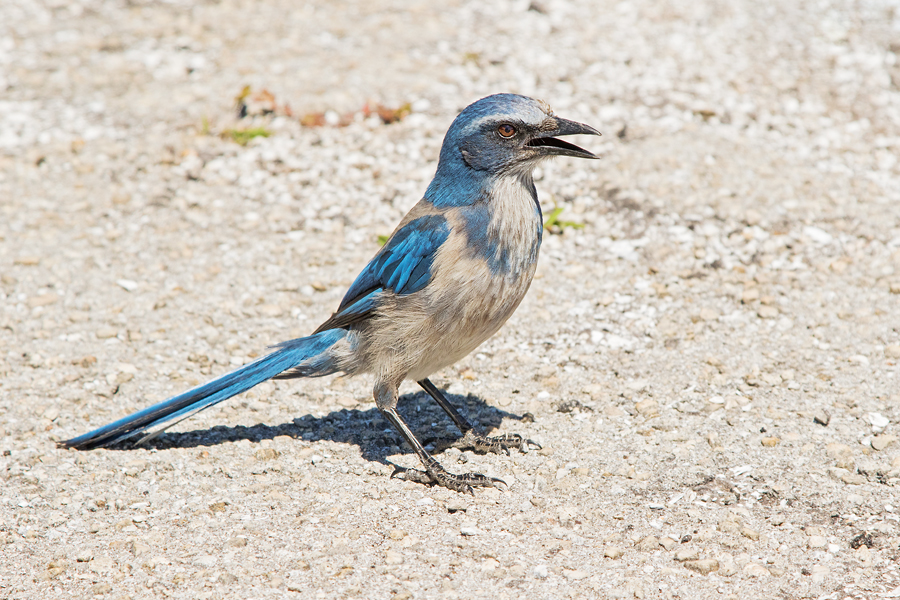This is an interesting one, it raises the issue of producing 'as was' or 'best we can make of it'.
The histograms show that no detail has been lost but the image shows that detail has not been used to the best advantage (depending on your view of my first sentence).
By using ACR/Levels/Curves that detail can be enhanced and provide what some may consider a more pleasing image but one that is not exactly as seen in the light at the time.
One of the reasons for ETTR (or STTR as Daniel calls it) is to maximise detail by recovering highlights with resulting less noise than comes from recovering from shadow ... eg
View attachment 104024
Personally I prefer the 'recovered' option in these situations (not saying my edit is better than Stan's original) but I understand the opposing view ... whatever, it's nice to see a different colourful bird






